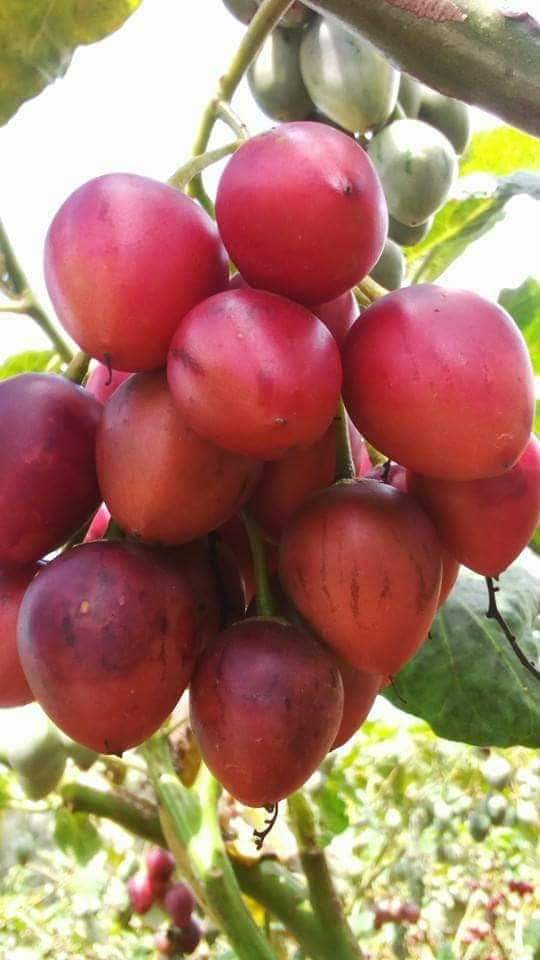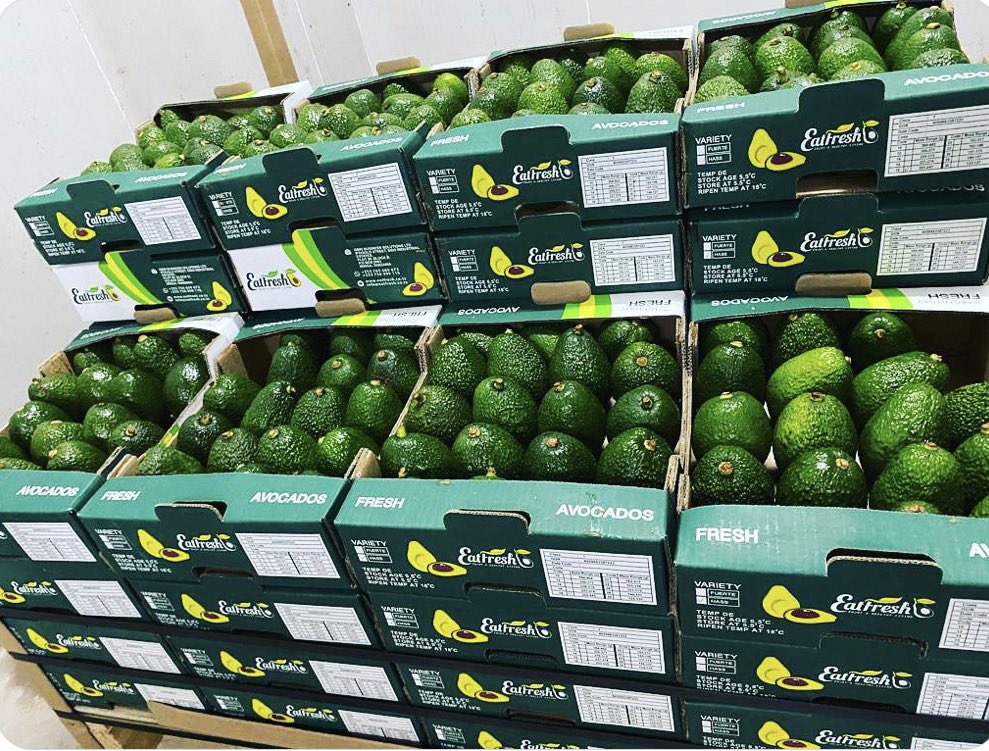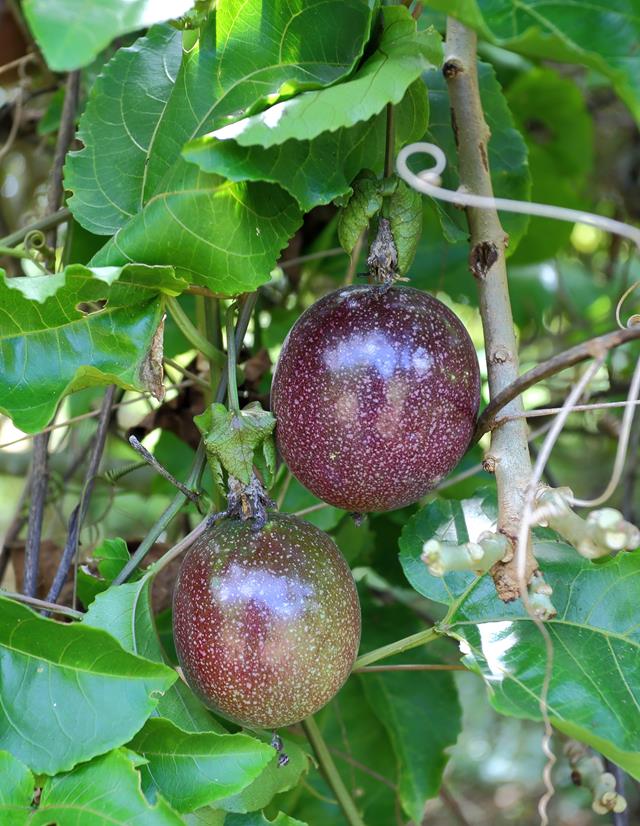Tree tomatoes, typically known as tamarillo, are a subtropical plant that is fairly
manageable to grow and handle. The egg-shaped edible fruits yielded by this plant are positively
nutritious and proffer an incredible source of vitamins and minerals such as vitamins A, B, C, E,
and K, as well as minerals like Calcium, Iron, Potassium, Phosphorus, and Magnesium.
There are assorted types of tree tomatoes available, including Ecuadorian orange, Gold
mine, Inca gold, Red Oratia, Rothame, Ruby red, Solid Gold, and Yellow. These assortments are
mainly distinguished by their colors, which range from yellow and orange to red and almost
purple. Occasionally, they also enclose dark longitudinal stripes. The red fruits tend to be more
acidic, while the yellow and orange fruits are more endearing in taste. Tree tomatoes are an
excellent addendum to any garden, farm, or fruit collection. Their nutritive value and delectable
taste make them an ideal option for those looking to interweave more healthy and delicious
options into their diets.
Planting Materials
There are different ways to propagate tree tomatoes, including seed germination, cuttings,
and grafted seedlings. When grown from seeds, they tend to grow into tall, upright shrubs with
numerous branches, while cuttings produce more succinct, bushier plants with branches closer to
the ground. To guarantee proper guidance during the seed germination process, a valuable
manual is often utilized. It is as follows:
Collect seeds from ripe fruits.
Be sure to clean the seeds entirely and permit them to dry in a shaded area.
2
Arrange the seeds in boxes or other containers and permit them to germinate for 4 to 6
days.
Once the plants are 1.0 to 1.5 meters high, transfer them into polythene bags.
When the plants are ready, carefully transplant them into their permanent location.
When planting from the cutting we following steps:
Cuttings should only be from plants that are 1 – 2 years old with a thickness of 1.5 to 2.5
cm
You can also buy the seedlings from registered tree nurseries a length of 45 to 75 cm (18
to 30 inches).
It is recommended that when propagating trees, you do the following:
Cuttings should only be taken from plants that are 1 to 2 years old and have a thickness
of 1.5 to 2.5 cm.
Alternatively, it may be advisable to purchase seedlings from registered tree nurseries
that measure 45 to 75 cm (18 to 30 inches) in length.
When planting, it is essential to assess various facets, such as management techniques,
soil fertility, and environmental prerequisites, which may concern the spacing in the field. You
can either space 3m between rows and 2.5 to 3.0m between plants in the row, or 4.5 to 5.0m
between rows and 1.0 to 1.5m between plants in a row. It is worth noting that closer spacing is
recommended in windy, unprotected locations. During planting, incorporating two debes of well-
decomposed manure and 150g of DAP or TSP per hole with soil before planting may be
advantageous.
3
Management
Weeding: The tomato tree is a shallow-rooted plant thus shallow weeding is recommendable to
sidestep vandalizing the roots.
De-budding: It’s advised to de-bud when the tree is 3-4ft to facilitate numerous branching.
Pruning: Recently grown tomato trees should be pruned when 3-4ft to enable branching.





